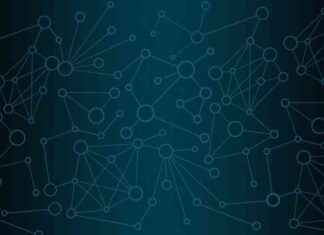The digestion of the crisis of Coronavirus begins to emerge new risks in economic recovery and state accounts.
The Bank of Spain has identified a significant increase in the risk of default associated with the ICO loans that were granted to large companies and SMEs to resist the first impact of the pandemic on their income statement.
The volume of this credit already located in “Special Surveillance” has doubled in recent months and already reaches 16%, while the “dubious” grow and are located at 2%.
The difference between both categories is that, in the first case, the debtor maintains the payment of quotas but already sample and symptoms of weakness to be able to face the future return of the loan.
In the second case, those risks already begin to materialize.
The main concern of the banking supervisor is that these figures can go to more, since much of the credits are still covered by the periods of lack granted to companies to start executing their return.
“The high presence of signals of credit deterioration in clients with Aval Ico suggests that the risk of operations endorsed by the ICO could materialize to a greater extent, once the period of lack expire,” warns the Bank of Spain in its latest report
of financial stability.
The unpaid of these credits will have a double impact.
On the one hand, it will result in an immediate increase in the deficit and public debt of the State, which acts as an endorsement of financing and covers around 75% of the loan.
The rest of the impact would assume it by the bank to grant the credit.
The final size of the hole that will leave the Avoid Program on the public treasury and the financial sector will depend to a large extent on whether the risks that at this time bear on the economy are over materializing.
Mainly, the Bank of Spain identifies three: a reactivation of the pandemic linked to the appearance of new outbreaks, which would involve the application of new activity restrictions;
that inflation ceases to be a transient phenomenon and ends up transferring to the set of assets of the economy and wages, which would involve a hardening of monetary policies by central banks;
and a greater impact of the expected linked to the congestion of global supply chains.
Financial risks are not limited exclusively to public endorsement loans.
The analysis of the supervisor concludes that at the moment the general volume of dubious loans is contained, although partly due to the increase in the volume of funding involved by the pandemic to avoid bankruptcy due to lack of liquidity of millions of companies.
Although this indicator, key to measuring the situation of the financial system, does not give alarm signs, the supervisor does notify that there are sectors that begin to show solvency problems.
These sectors are those who suffered a greater hit by the economic parion and that are still far from recovering the levels reached in 2019, mainly hospitality, restoration and transportation.
The circumstance is given that they are, in addition, those who had to be waking the most to get out of the crisis and those who now have a more committed financial situation.
This led to an increase of 53% of the appropriations in a situation of special surveillance in the last 12 months.
“This behavior began registered since the third quarter of last year, accelerating markedly in the fourth quarter of it and, at the moment, the year-on-year variation of these credits continues to increase,” says the report.
Something similar happens with refinancered credits, which grow at a rate of 8.8%.
Despite these demands, the diagnosis of the Bank of Spain is that the economic situation of the country continues to recover after the parion that supposed the pandemic and the financial system is prepared to resist an eventual relapse, although surveillance should be maintained.
“Vulnerabilities remain high in relation to the levels prior to the beginning of the crisis, and there are risks whose materialization could hinder the process of economic and financial standardization,” concludes the analysis.







